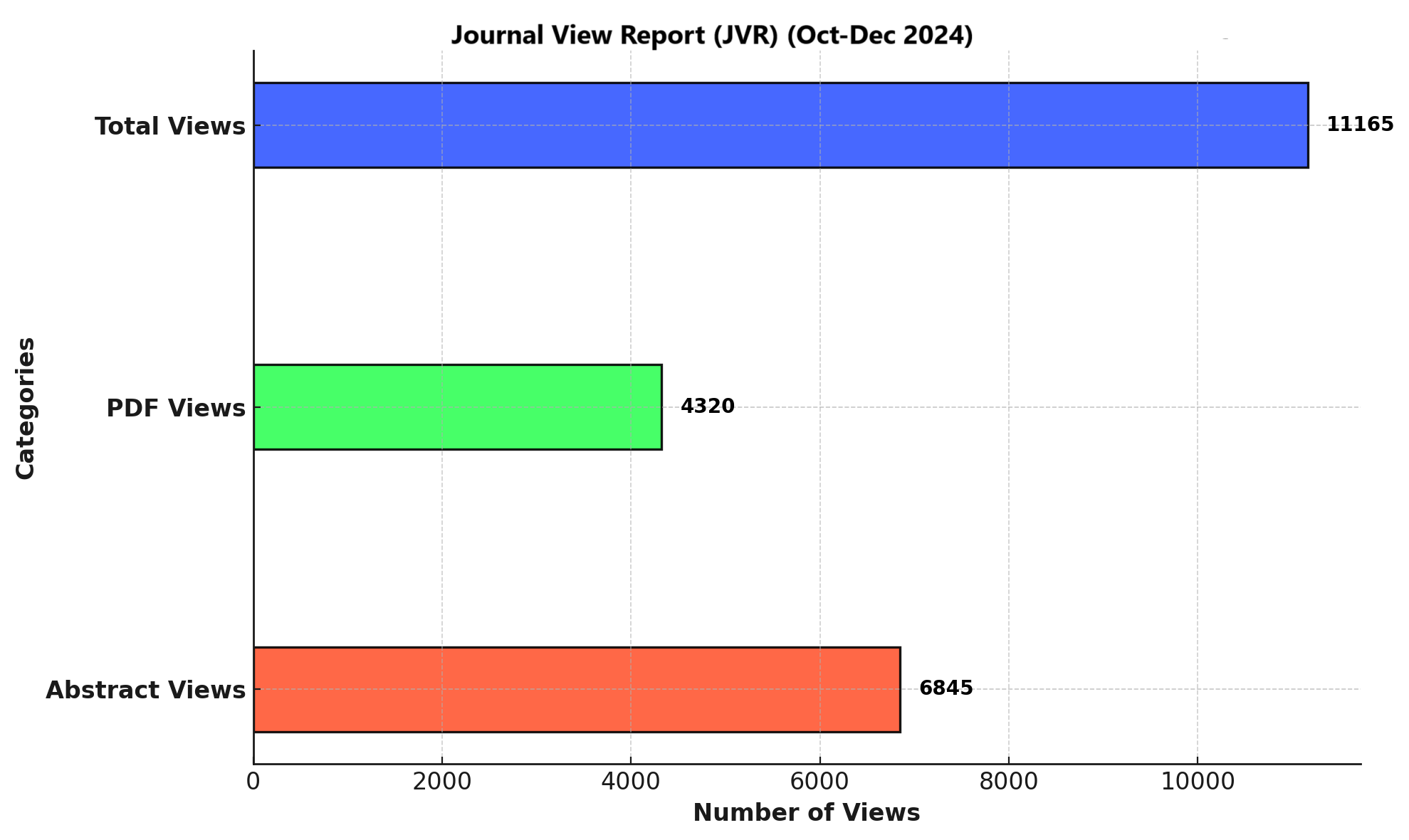PREVALENCE OF FORWARD HEAD POSTURE AND ASSOCIATED RESPIRATORY FUNCTION CHANGES AMONG COMPUTER WORKERS
DOI:
https://doi.org/10.71000/ph995606Keywords:
Craniovertebral Angle, Ergonomics, Forward Head Posture, Posture, Pulmonary Function, Respiratory Function Tests, Sedentary BehaviorAbstract
Background:
Forward Head Posture (FHP) is a common musculoskeletal deviation increasingly observed in computer users due to prolonged screen exposure and poor ergonomic practices. It can significantly affect cervical alignment and respiratory mechanics, leading to impaired pulmonary function. Prolonged sedentary behavior combined with inadequate postural awareness is believed to play a pivotal role in the development and progression of FHP among digital device users. Despite growing concern, limited evidence exists focusing on the occupational impact of FHP on respiratory health.
Objective:
To determine the prevalence of Forward Head Posture among computer workers and to evaluate its association with changes in respiratory function.
Methods:
A cross-sectional study was conducted among 80 computer workers aged 25–35 years, recruited from the IT departments of Madinah Teaching Hospital, Interloop Administration Unit, and The University of Faisalabad. Participants with musculoskeletal, neurological, or respiratory conditions were excluded. Craniovertebral angle (CVA) was assessed using lateral-view digital photography and analyzed via ImageJ software. FHP was defined as CVA <48°. Respiratory function was measured using a calibrated digital spirometer, recording Forced Vital Capacity (FVC), Forced Expiratory Volume in 1 Second (FEV1), FEV1/FVC ratio, and Peak Expiratory Flow (PEF). Statistical analysis was performed using SPSS version 20, with chi-square tests applied; p<0.05 was considered statistically significant.
Results:
The prevalence of FHP was 83.8% (n=67). Participants with FHP showed significantly reduced respiratory parameters: mean FEV1 = 3.150 ± 1.056 L, FVC = 3.20 ± 0.998 L, FEV1/FVC ratio = 1.45 ± 0.840, and PEF = 3.625 ± 0.718 L/sec. A significant association was found between FHP and all spirometric measures: FEV1 (p=0.014), FVC (p=0.042), FEV1/FVC (p=0.021), and PEF (p=0.026).
Conclusion:
Forward Head Posture is highly prevalent among computer workers and is significantly associated with decreased pulmonary function. Early ergonomic interventions and postural correction strategies are essential to reduce long-term respiratory compromise in occupational settings.
Downloads
Published
Issue
Section
License
Copyright (c) 2025 Kashaff Sarfraz , Rohma Salman , Asima Liaqat, Anbreena Rasool (Author)

This work is licensed under a Creative Commons Attribution-NonCommercial-NoDerivatives 4.0 International License.







